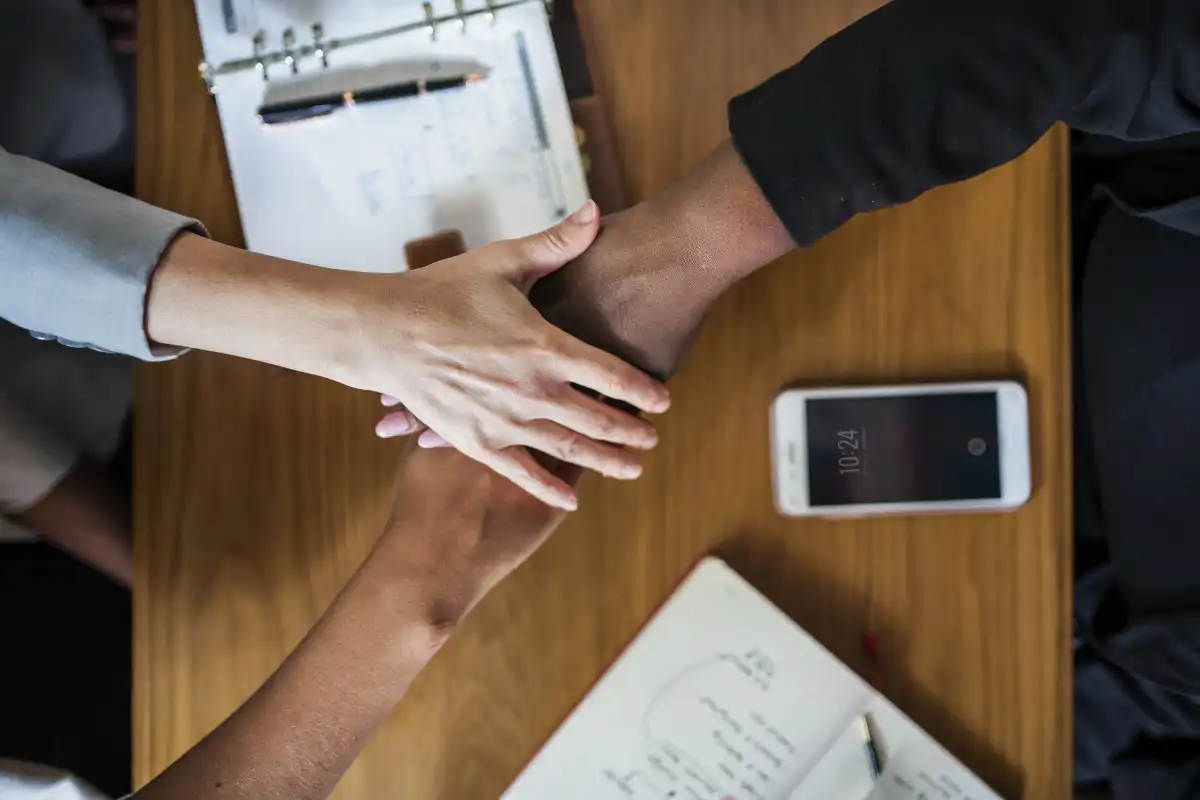The impact of gun violence in America isn't limited to the immediate and dire consequences for victims and communities. It also echoes dramatically through the political landscape, particularly in the financing of gun rights advocacy groups like the National Rifle Association (NRA).
Understanding this phenomenon requires looking into both public sentiment and actions. Several studies have established a quantifiable connection between school shootings and increased donations to the NRA. Interestingly, this appears to be a direct cause-and-effect relationship restricted to areas directly affected by school shootings.
Data showed that in counties where school shootings occurred, NRA donations spiked by 133% in the aftermath. This striking increase in support suggests a potent, though unsettling correlation between school shootings and a reactive devotion to gun rights.

Returns from NRA tax filings were included in the analysis, revealing that the majority of these additional funds came from small donations. The organization declares that these mainly stem from a diverse membership base of gun owners, and not from firearm manufacturers, as critics often suggest.
At first sight, it would seem this reaction is counterintuitive. It brings up several questions such as: Why? How does experiencing gun violence encourage financial support for gun rights? Several theories have been offered to explain this apparent paradox.
One theory, often termed the “backlash hypothesis,” suggests that people rally behind gun rights following school shootings in anticipation of incoming gun control measures. This represents a sort of defensive reflex to perceived threats to gun ownership.
The second hypothesis is that upon virtually every incident of gun violence, mainstream media gives extensive attention to the NRA since they are a major stakeholder. The increased visibility may persuade observers to contribute to the NRA’s resources.
Thirdly, it may be the case that NRA members and sympathizers react to these tragic events by fortifying their commitment to the organization’s cause. The increased donations might represent a determination to defend and advocate for gun rights.
It's important to note that the correlation between school shootings and increased NRA donations is not reflected in national averages. The phenomenon is localized to the specific communities that experience a school shooting.
This local effect of increased NRA donations following school shootings may suggest a deeper sense of identification with the gun rights cause within those affected communities. However, this requires further research for a definitive conclusion.
The factors influencing the spurt of NRA donations in specific regions are complex and multifaceted. Crises often evoke heightened emotions and responses, and these crises are no exception. The emotions stirred by such events may drive feelings of empowerment, fear, or resistance to change, all of which could motivate increased NRA donations.
In a broader societal context, the localized increase in NRA donations following school shootings might serve as a telling barometer of domestic politics and societal attitudes toward guns. The data does not provide direct implications about the effectiveness of the NRA’s lobbying efforts. However, they do provide tangible evidence of their ability to mobilize their core support base.
From a sociological standpoint, the pattern of increased NRA donations following school shootings reflects the complex nexus of societal values, political engagement, fear, defense of rights, and the role of advocacy groups influencing public sentiment in America.
The increased NRA donations post school shootings also underscore the deep divide on the issue of guns in America. On one side are advocates for stronger gun control measures sparked by events of gun violence; on the other are those reinforcing their financial commitment to gun rights organizations such as the NRA.
Some analysts see this as a ‘rallying effect’ on both sides of the debate, with gun violence events serving as catalysts for political and social engagement. This results in an increase in dialogue, both in frequency and intensity, after each shooting incident.
In conclusion, financial data, while it can’t represent the full scope of public sentiment or the nuanced dynamics of the gun debate in the United States, does provide a distinctive measure. It allows for insights into patterns and responses that are provoked by instances of gun violence in schools.
In the end, the analytical revelations resulting from examining NRA donation trends in conjunction with incidents of school shootings can help shape a more comprehensive understanding of societal attitudes and responses to gun violence.